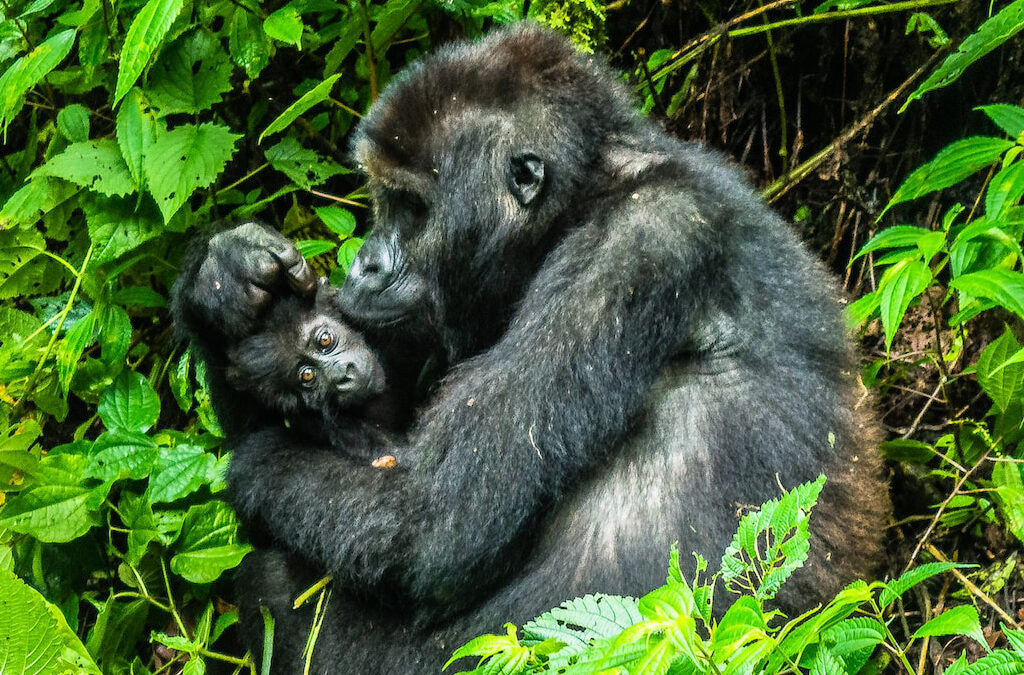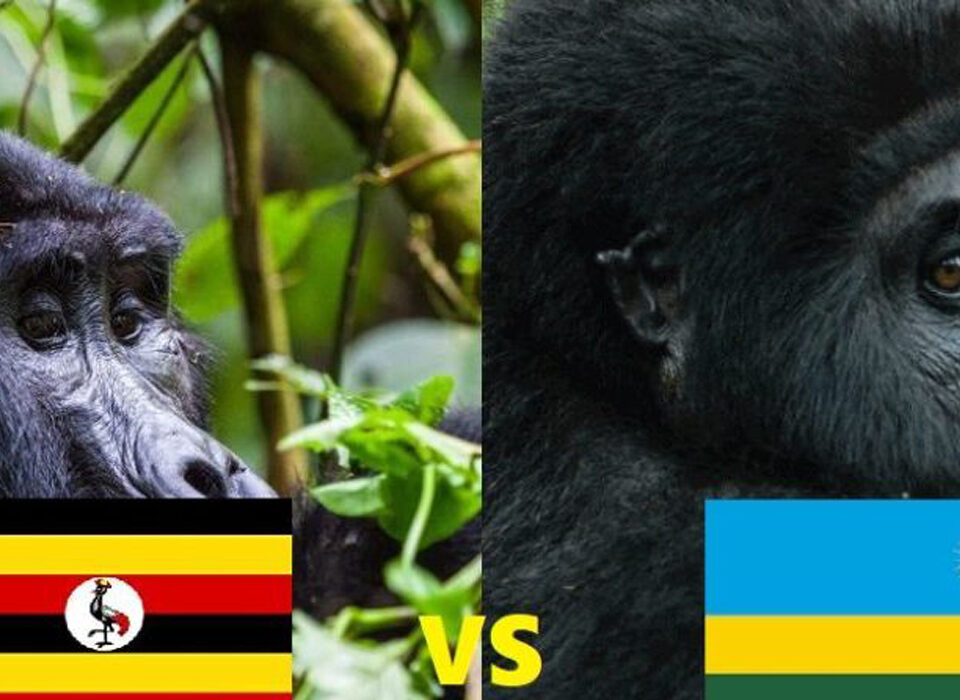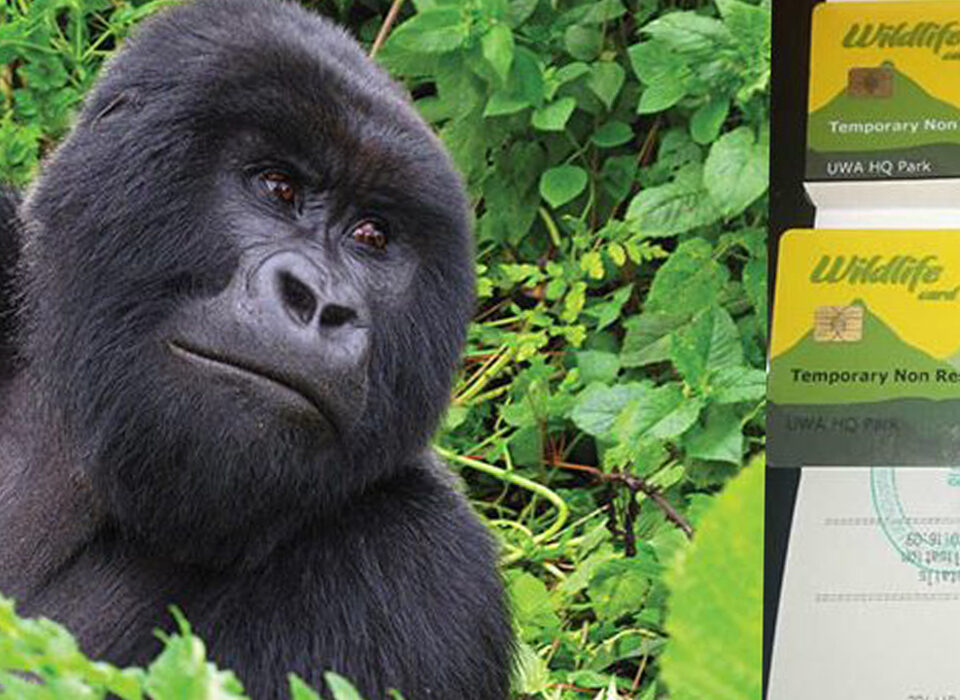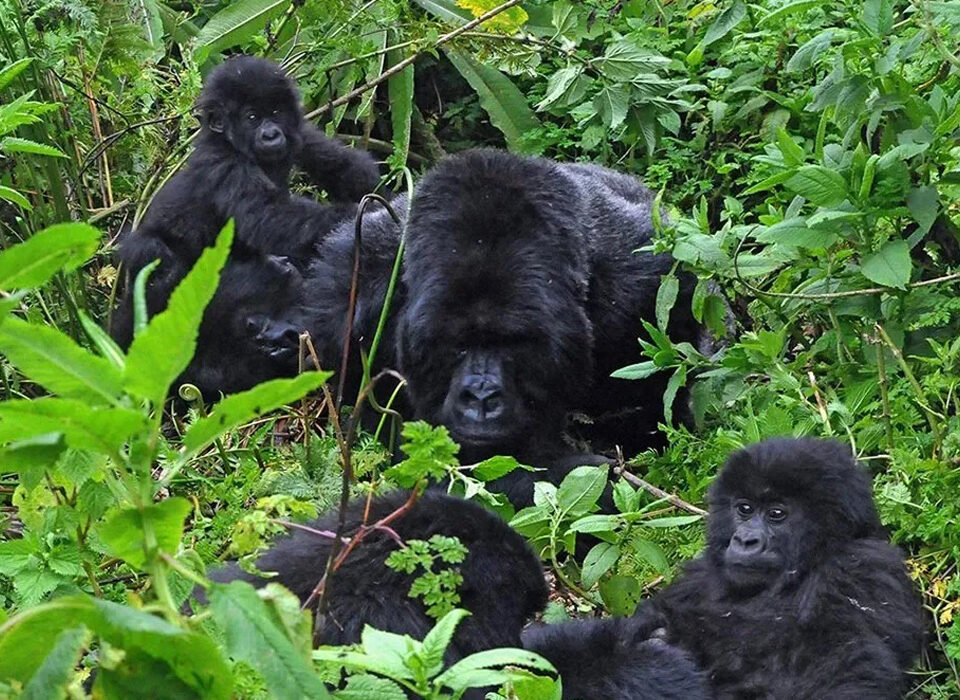- GET IN TOUCH WITH US:
- +256 753518160
- +256 777842166
- info@experiyatourcompany.com

Gorilla Trekking and Cultural Experience in Uganda
October 1, 2025
How Safe and Easy is the Border Crossing Between Rwanda and Uganda for Gorilla Trekking in Bwindi?
October 1, 2025Planning a Gorilla Safari Yourself

Planning a gorilla safari on your own creates an exciting yet challenging adventure. While many travelers rely on tour operators to organize treks, you can take the initiative and arrange everything yourself. A gorilla safari already delivers a once-in-a-lifetime experience, but when you plan it independently, you add a personal sense of ownership to the journey. Although the process inspires, it also demands persistence and constant follow-ups that can sometimes feel overwhelming. Tour operators simplify the process, but they charge extra costs that push the trip beyond the reach of many budget travelers. If you decide to handle everything on your own, several essential steps will help you succeed.
Secure Your Gorilla Trekking Permit
You must first secure a gorilla trekking permit. Authorities issue only a limited number of permits each day, so travelers compete for them. To avoid missing out, inquire about availability and make your booking as early as possible. Ideally, you should reserve your spot at least six months before your trek. This early booking guarantees your place and gives the authorities enough time to assign you to a gorilla family. After confirming availability, pay a deposit to lock in your permit. Without this document, you cannot take part in the trek, so make it your top priority.
Choose Accommodation Near the Starting Point
Once you secure your permit, book your accommodation. Staying close to the trekking starting point makes your experience much easier because you avoid long, early-morning drives before the trek begins. Lodges and hotels around gorilla parks cater to different budgets, from simple guesthouses to luxury stays. Select the one that matches your preferences and pay the required deposit to confirm your booking. Keep in contact with your lodge, since regular updates will help you prepare for any changes.
Organize Your Transport
After booking your permit and accommodation, organize your transport. You can rent a vehicle for the entire trip, which gives you flexibility and independence, or arrange airport pick-ups and transfers with private providers. Some lodges offer transport services, which might save you the trouble of arranging separate transfers. If you travel on a tight budget, consider using public transport such as buses, minibuses, or motorbike taxis. These options cost less, but they may not take you directly to the remote trailheads where treks begin. Choose carefully, since reliable transport determines how smoothly your trip unfolds.
Pack the Right Gear for the Trek
Pack carefully to prepare for the challenges of the forest. Gorilla trekking takes place in dense rainforests where the ground becomes muddy and slippery. Wear sturdy hiking boots for grip and protection. Long-sleeved shirts and trousers shield you from scratches and insect bites, while a hat and gloves add extra comfort. Carry a raincoat because tropical weather changes suddenly, and showers often fall without warning. Bring a camera to capture the magical encounter with the gorillas, but ensure it has no flash since flashes disturb the animals. When you pack the right gear, you focus on the experience instead of worrying about discomfort.
Tip to Show Appreciation
Although tipping is not mandatory, it shows genuine appreciation for the people who support your safari. You may tip your trekking guide, the porters who carry luggage, or staff at your lodge. Even a small amount motivates them and supports their livelihoods. Many travelers find tipping a meaningful way to give back to the communities that protect gorillas and welcome visitors.
Enjoy the Rewards of Independent Planning
Planning a gorilla safari yourself requires careful organization, but the effort pays off. You secure your own permit, choose accommodation, arrange transport, and pack the right gear. While the process demands time and consistent follow-ups, it usually costs less than booking through third parties. More importantly, you shape every detail of your adventure. When you finally stand face-to-face with a family of mountain gorillas in the wild, you realize that every step of planning made the encounter even more meaningful. The memory stays with you forever, making your self-planned safari truly unforgettable.



